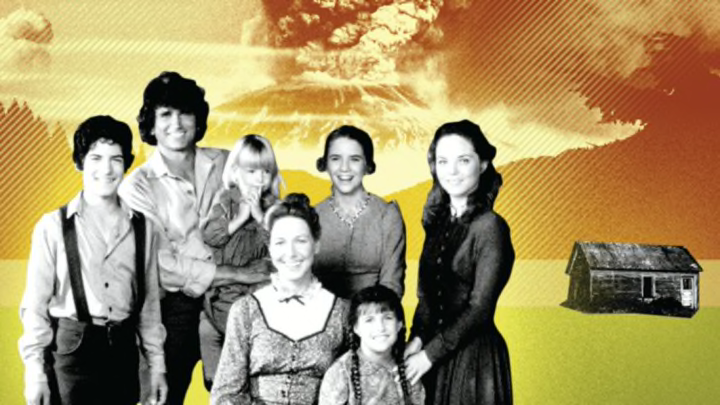How a 19th Century Volcanic Eruption Redefined the American Midwest
By Lucas Reilly, the mag

The 1815 eruption of Indonesia’s Mount Tambora was the largest in two millennia. The blast was so loud that people could hear it 1500 miles away, and soon they could see it too. The volcano spewed 1.7 million tons of ash, dust, and other debris—the equivalent of six million atomic bombs. The debris caused yellow clouds to hang over much of the Northern Hemisphere, blocking the sun and causing a damaging deep freeze. Lakes and rivers in Pennsylvania froze as early as August. Feet of snow poured down on New England throughout the summer. Farmers fell on hard times as crops and cattle died, and the following year came to be called the “Year Without a Summer.”
But the cold snap also stoked human ingenuity. With few oats to feed horses, Germans found another way to move around, inventing the laufmaschine—an ancestor to the bicycle. John Polidori was challenged by Lord Byron to come up with horror stories while stuck inside because of the weather. He wrote the first English-language vampire story, The Vampyre, which inspired Bram Stoker’s Dracula. And the pesky cloud of dust spurred tens of thousands of farmers to abandon New England and migrate west toward the heartland in search of better soil and climate. The exodus would eventually prompt Joseph Smith to write the Book of Mormon (moving west from Vermont, Smith put down roots in upstate New York), spark major efforts to expand westward in the 1840s, and cause Little House on the Prairie reruns in the 1980s.